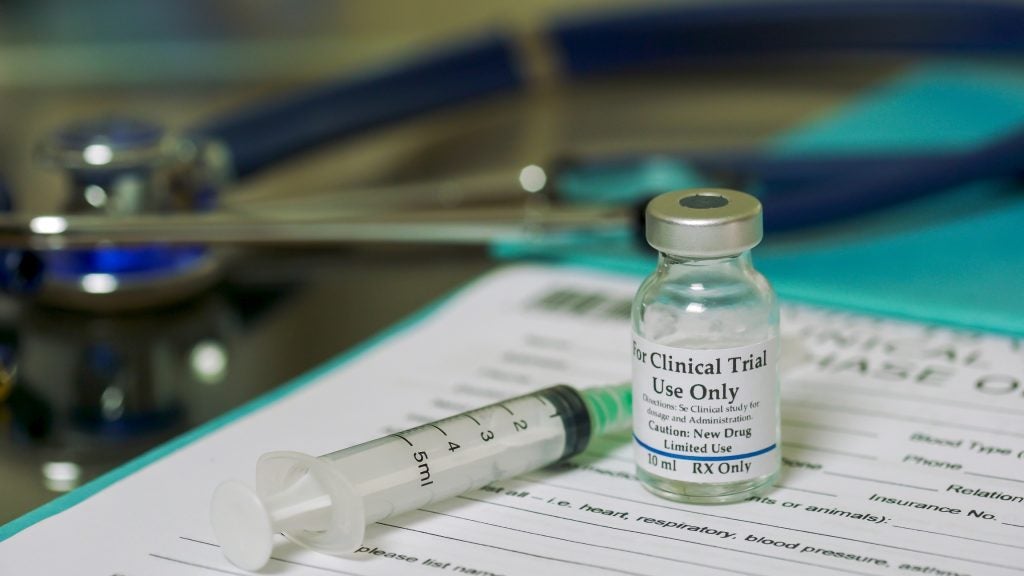
On November 11, the FDA published a review of Phase III trials of drugs to treat schizophrenia. The review identified some ways that clinical trial design can be improved, which could aid drug development for schizophrenia in future.
Firstly, the review found that the length of Phase III trials could be decreased from six weeks to four weeks without affecting efficacy or safety results. The review showed that the results seen at four weeks in previous trials were very similar to those seen at six weeks, and that a trial duration of four weeks was long enough to detect the common treatment-related adverse effects of a drug. Demonstrating efficacy and safety at four weeks shortens the length of the drug development process and also reduces the cost of the clinical trial, which is an important consideration for drug developers. One of the biggest challenges faced by drug developers when running clinical trials in patients with schizophrenia is a high patient dropout rate, which can affect trial results. Shorter trials should see fewer patient dropouts, which will make trial results easier to interpret.
Clinicians use the Positive and Negative Syndrome Scale (PANSS) to assess the severity of schizophrenia symptoms, and clinical trial success is usually determined by a statistically significant improvement in PANSS score. Currently the PANSS test measures 30 different symptoms; however, the review found that this could be reduced to just 19 symptoms without affecting the trial results. Not only would a reduced PANSS test save time, the review also found that using the reduced 19 symptom PANSS test resulted in reduced variability of patient responses, making it easier to identify the effects of the drug in the trial. This means that a lower number of participants are required in a trial to demonstrate a significant effect of a drug, which would also help to reduce clinical trial costs.
Altering clinical trial design to increase efficiency and reduce costs may encourage developers to pursue drug development for the schizophrenia market, which could result in more drug approvals in future. This will also be beneficial for companies who already have products for schizophrenia in Phase II development when they begin planning and running Phase III trials for their drugs. The current schizophrenia market is competitive and crowded with a multitude of antipsychotic products, many of which are available as inexpensive generics. However, it remains a market with significant unmet needs for novel treatments for the negative symptoms and cognitive impairments seen in schizophrenia, options for treatment-resistant patients, drugs that increase compliance rates, and for drugs with improved safety profiles.










